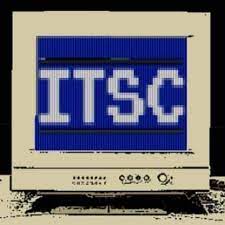ROI Analysis: Measuring EMPI Success in Healthcare Organizations
Nitin Manocha, senior industry analyst for healthcare AI strategy at Frost & Sullivan, says organizations should look at both direct and indirect measures while determining the success of the EMPI solution.
Direct measures include duplicate rate reduction, accuracy of patient matching, percentage of high-confidence versus low-confidence matches, staff time spent on data cleanup and deduplication, and number of cross-system matches.
Indirect measures look at the impact of the EMPI patient care journey and include metrics such as reduction in duplicate procedures/treatment, reduction in denial rate due to patient identity error, and increased patient engagement through population health initiatives.
“To direct organizations to invest in EMPI solutions, vendors must partner with end users as well as industry partners to develop a minimal efficiency framework that measures a predefined set of indicators to determine the success of the EMPI implementation,” Manocha says.
Enterprise Master Patient Index Implementation: Building Your Healthcare Data Strategy
Phases integrating governance, technology and workflow alignment ensure long-term success of the roadmap, particularly for interoperability, analytics and care coordination initiatives.
“It should begin with an assessment phase evaluating the current state of data quality and matching accuracy, followed by a governance framework with defined data stewardship roles and identity policies,” Shegewi says.
He says tech stack selection should prioritize EMPIs offering AI-powered capabilities, FHIR compliance and hybrid deployment model support.
“A phased roadmap typically encompasses assessment, piloting, expansion and optimization, with continuous feedback and audit loops,” he adds.
DISCOVER: Healthcare organizations need AI data governance strategies that set them up for success.
Future Trends: The Evolution of Patient Data Management
Manocha says AI-based solutions will become the norm, with an emphasis on increasing the confidence scores for all the matches with minimal human intervention.
As organizations look to integrate data across different systems and implement referential matching models by accessing public databases, there will be a need for enhanced security and privacy solutions to prevent malicious actors from gaining access to the data.
“There will also be a greater need to integrate and link data to the patient to make better decisions,” he says. “Cloud-based solutions will provide greater scalability, security and efficiency while reducing the infrastructure cost.”
He adds that, as the market matures in adopting interoperability standards, it will “significantly enhance” the adoption and implementation rate of EMPI solutions as organizations record faster ROI.
The post Master Patient Index: Enterprise Healthcare Data Management first appeared on TechToday.
This post originally appeared on TechToday.
